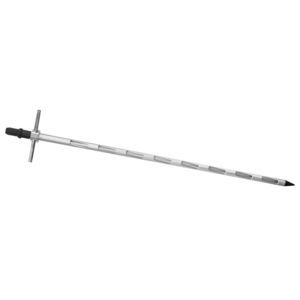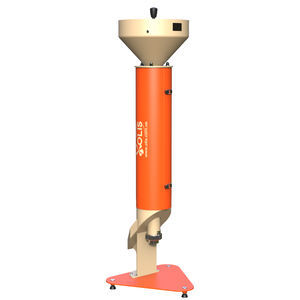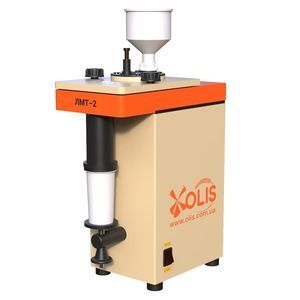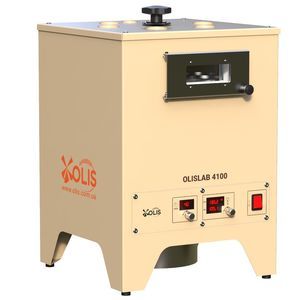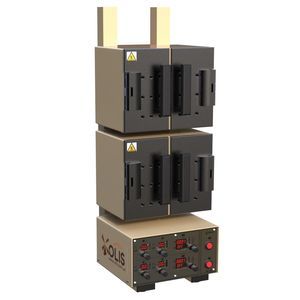
Grain sample divider OLISLAB 200
Add to favorites
Compare this product
fo_shop_gate_exact_title
Characteristics
- Options
- for grain
Description
Grain divider OlisLab 200 (riffle type), upgraded version of the divider DPZO-0.4, designed for homogeneous and representative separation of samples of cereals, legumes and oilseeds into two equal parts.
With the help of the device, the process of separating a grain / product sample into two equal parts both in terms of mass and composition is implemented, which increases the representativeness of samples when performing verification analyzes for a certain time and after their storage in one laboratory or during control analyzes of quality indicators in different laboratories.
It is used in grain receiving and grain processing enterprises, feed mills, oil extraction enterprises, variety testing breeding stations, research laboratories and inspection companies.
Scope of application: for the separation of an average sample from a combined or average daily sample: grain of cereals and leguminous crops according to ISO 24333-2017 or according to the methodology given in GOST 13586.3-2015 (not valid in Ukraine); oilseeds – according to DSTU 4601:2006, ISO 542:1990, ISO 664:2008; feed – according to ISO 6497-2002, 6498-2012, as well as for use in other methods according to domestic and international standards.
The device consists of the bulk hopper fixed on a loop axis to the body, the receiving funnel, the dividing pipes and the receiving boxes.
An average sample of grain or seeds is placed in the hopper, and the product is gradually poured into the grooves evenly. Passing through the grooves, the product is divided into two equal parts and enters two receiving boxes (bucket).
Catalogs
No catalogs are available for this product.
See all of OLIS‘s catalogsExhibitions
Meet this supplier at the following exhibition(s):

Related Searches
- Grain analyzer meter
- Benchtop analyzer meter
- °C thermometer
- Grain sampler
- Digital thermometer
- Flour analyzer
- Probe thermometer
- °F thermometer
- Sample grain sampler
- Truck grain sampler
- Sample divider
- Analog thermometer
- Grain thermometer
- Grain sample divider
- Texture analyzer meter
- Rice analyzer
- Wheat analyzer
- Liquid expansion thermometer
*Prices are pre-tax. They exclude delivery charges and customs duties and do not include additional charges for installation or activation options. Prices are indicative only and may vary by country, with changes to the cost of raw materials and exchange rates.


